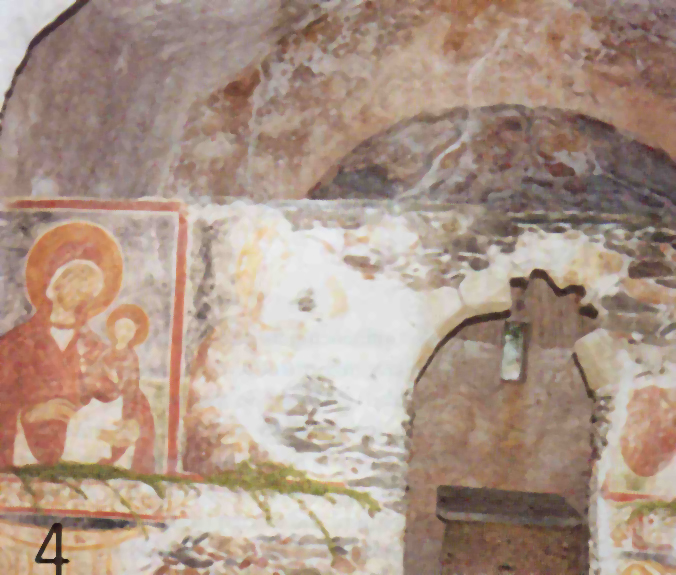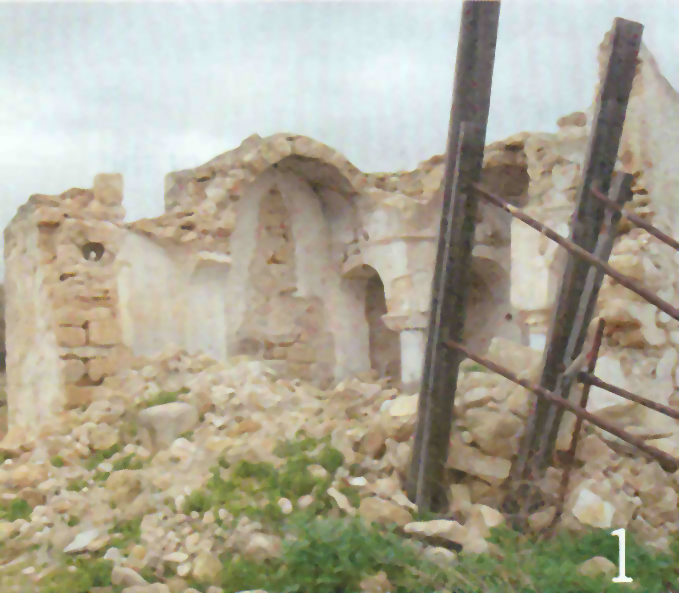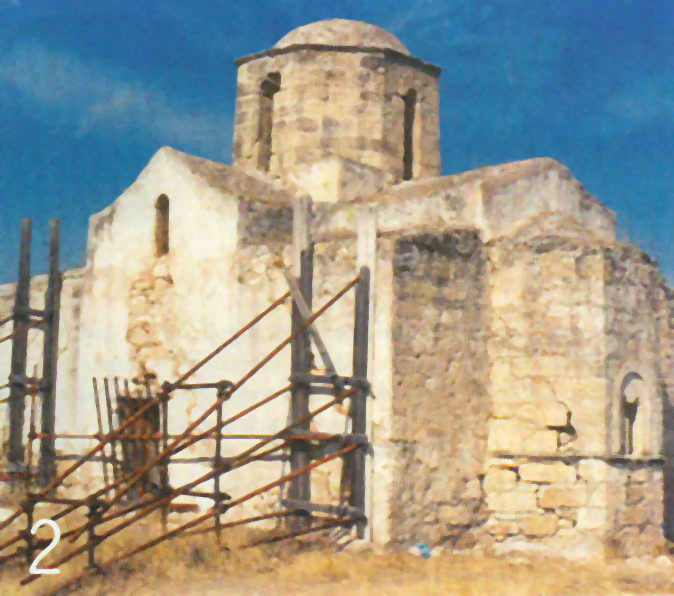 |
|
|
Rescuing Byzantium Film director Lydia Carras, co-founder of the Hellenic Society talks |
|
|
From 8 to 10 September, thanks to the efforts of the Hellenic Society, two small Byzantine churches at Tairia, near Monemvasia, and one at Alepohori, in Attica, will reopen their doors to worshippers following their rebuilding and restoration. The churches will remain open and operate from now on. What could be lovelier than to hold your wedding at a small Byzantine church in Tairia (tairi means match in Greek). This small village south-west of Monemvasia has two small churches: the Church of the Assumption and the Church of Agia Anna. |
 Lydia Carras, co-founder of the Hellenic Society |
They are vaulted, with a single interior space, the first probably dating from the 10th century, and the second from the 12th century, with interesting wall paintings from many periods. Because they were old and had been abandoned, they had deteriorated badly, suffering cracks and damage to the roof, and were in ruins until their restoration began. The Church of the Saviour at Alepohori in Attica is small and cross-roofed, with architectural and structural features characteristic of the period of Frankish rule, and wall paintings dating |
|
| from the 13th century. It suffered serious damage in the earthquake of 1981, when its vaulted roof collapsed. After an appeal was launched by members of the Hellenic Society, enough money was raised in one month to build a roof that has protected the church's wall paintings for the last 25 years. On the initiative of the Hellenic Society - which since 1972 has fought to protect ecosystems, natural landscapes and architectural heritage - work began to restore them. The restoration of the two small Byzantine churches at Tairia began in 2003, under the supervision of the Ministry of Culture's 5th Ephorate of Byzantine Antiquities. Alexandros and Haris Kalligas, who for thirty years have been involved in the |
 The church of the Saviour at Alepohori in Attic |
|
rebuilding of all the houses in historic Monemvasia, were in charge of the project. The restoration of the Church of the Saviour at Alepohori was supervised by the Ministry of Culture's 1st Ephorate of Byzantine Antiquities, headed by S. Mamaloukos, A. KamboliMamaloukou and P. Koufopoulos. The work began in 2004.
|
|
|
|
 Church at Tairia |
|
Society, the Leventis Foundation also sponsors various events to raise awareness of its aims." The events marking the completion of the two churches will begin on September 7 in Tairia and will end on September 10 in Alepohori. After the opening of the churches, a small concert will be held beneath the full moon on the square of the Church of the Panagia Chrysafitissa, to be followed by a dinner. The following day, an evening service will be held, and then on Sunday, September 10, a mass will take place, with an evening service being held in Alepohori at the Church of the Saviour. The events will conclude with local songs and dances. The events are organised by the Hellenic Society and will take place in the presence of church authorities and dignitaries from the local area, representatives of the Ministry of Culture, the leadership of the Leventis Foundation, and members of the local community. |
|
| This is yet another project being completed in the framework of the Hellenic Society's interests, which also include sustainable use of the country's natural and energy resources, raising public awareness regarding culture and the environment, action to preserve monuments and protect traditional villages and green areas. In parallel, the Society is working to save the Skyrian Horse, is operating Greece's first biological station at Prespes, is designing environmental education programmes for children, and is promoting issues concerning the application of Community directives for Greece on the management of water, bioclimatic buildings and international treaties and proposals regarding land planning, environmental |
 A Church at Tairia |
|
taxation, energy and transport. It has a branch in Thessaloniki and local committees in Amorgos, Chios, Corfu, Imathia, Naxos, Patmos, Preveza, Serifos, Spetses, Symi and Xanthi. For the next year the plans of the Hellenic Society, as Lydia Carras says, "are energy issues, biological treatment, and biotopes, especially in the Amvrakiko Gulf, the River Nestos and Mount Parnassos. It also aims to carry on protecting traditional settlements, particularly in Xanthi, Patmos, Plaka and the Cycladic Islands, putting a unique emphasis on programs for sustainability in the Aegean." The difficult part of its efforts includes legal action taken together with local communities against the diversion of the River Acheloos and against the destruction of the Roman Road in Veria. The Society will also continue its environmental education programs throughout Greece, and will, of course, carryon operating the environmental train in the straits of Nestos. |
|
|
|
|
|
(Posting date 29 December 2006) HCS encourages readers to view other articles and releases in our permanent, extensive archives at the URL http://www.helleniccomserve.com/contents.html. |
|
|
|
|
2000 © Hellenic Communication Service, L.L.C. All Rights Reserved.
http://www.HellenicComServe.com |
|
